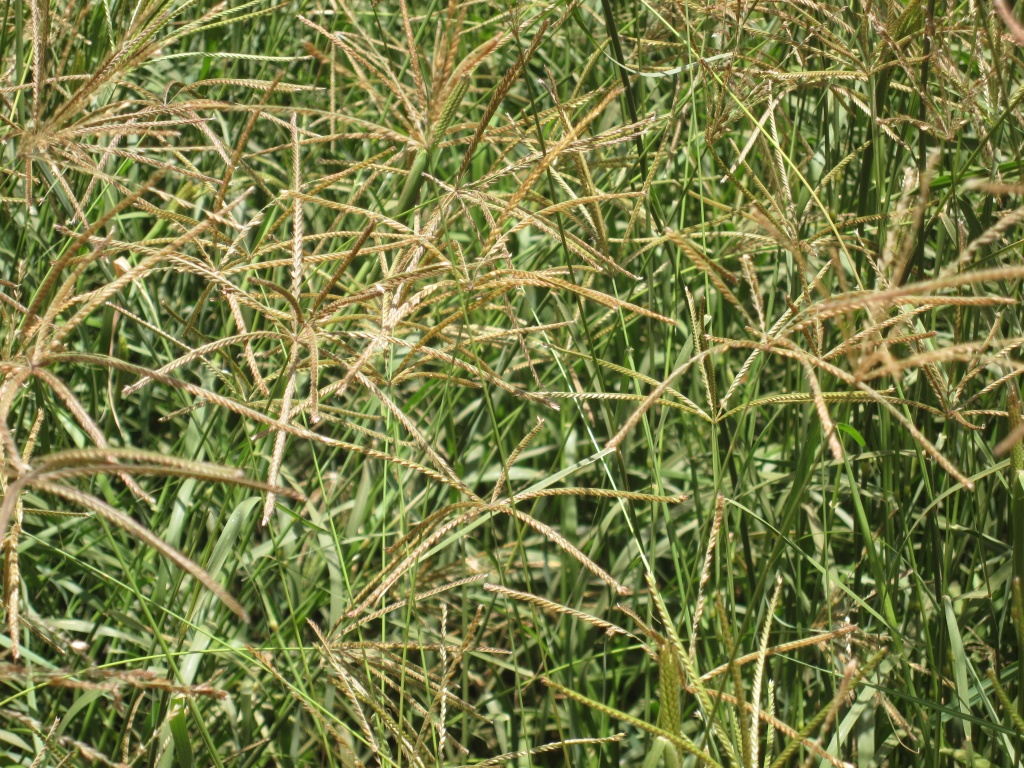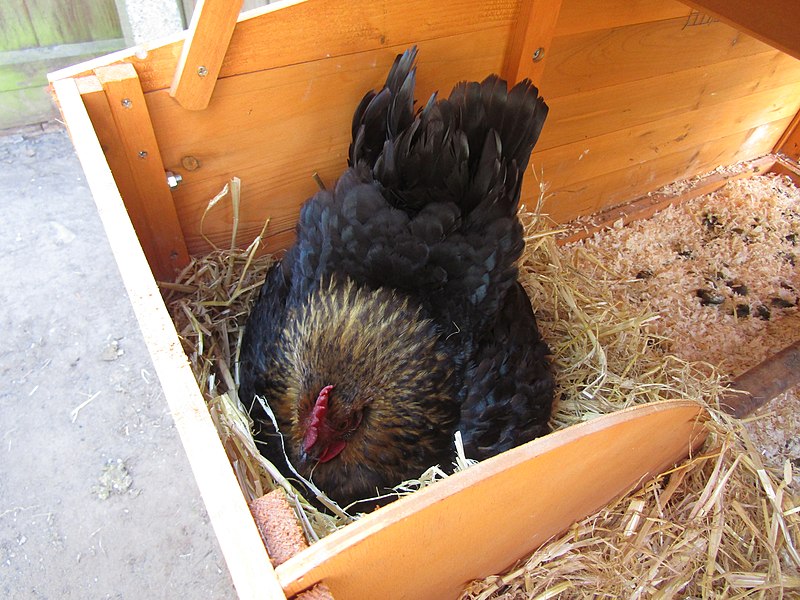
Peter Mutisya, a fodder crop farmer in Kivaa village, Machakos County earns over Sh85, 000 per season from sales of Rhodes and Brachiaria grass compared to maize and beans that used to give him Sh10, 000 per season five years ago.
The irregular and insufficient rainfall affected his yields, harvesting only five bags of maize and 10kg of beans at most per season. “I was always relying on relief food from the government and well-wishers because after selling maize and beans and settled school fees I was left with nothing,” he said.
In the Southeastern region of Kenya where Mutisya comes from the drought has affected harvests and livestock. According to Kenya Meteorological Department August 2017 report the area received depressed rainfall of less than 40 per cent of the March-April-May seasonal rainfall.
Related News: Brachiaria grass rescues farmer's cow from drought
This has prompted Mutisya and other farmers in the region to look for alternative sources of income in growing fodder crops.
In 2015 Mutisya visited Kenya Agricultural and Livestock Research Organisation’s (Kalro) Arid and Range Lands Research Institute at Katumanu branch in Machakos County and bought seeds of Boma Rhodes hay and Brachiaria grass at Sh800 and Sh1, 000 per kilo respectively to plant on his six acres farm.
He followed the agronomic instructions given by the Kalro officers and within a short time he was harvesting his first crops for market. “I was surprised that after three to four months both Rhodes and Brachiaria were mature for harvest,” said the father of three.
Mutisya’s customers are animal keepers who visit his farm to buy feeds for their animals. He sells Boma Rhodes at Sh300 per bale and Sh20 per kilo of Brachiaria grass. He harvests both in three phases a season getting 150 bales and about 20,000Kg of Boma Rhodes and Brachiaria grass respectively. This gives him a sum of Sh85, 000 in a given season.
Mutisya no longer relys on their village chief’s charity food to feed his family. “With the money I get from selling the grass, I am able to settle my bills and buy enough food to sustain my family.”
Related News: Brachiaria grass triples Siaya farmer's milk production
Related News: Brachiaria termed better than Napier in push-pull technology
A growing number of Kenyans living in arid areas are swapping staple crops for livestock fodder like Rhodes or Brachiaria grass, which require less water to grow, according to the Kenya Agricultural and Livestock Research Organization.
“Rain-fed staple farming is becoming increasingly difficult in Kenya due to poor rainfall, whereas growing fodder can help farmers withstand prolonged drought." Said Joseph Mureithi, Kalro director.
Write comment (0 Comments)
















